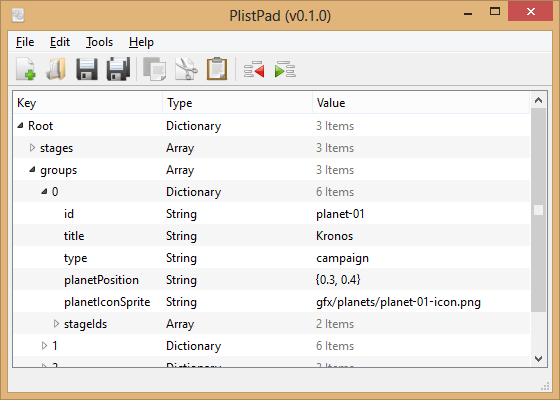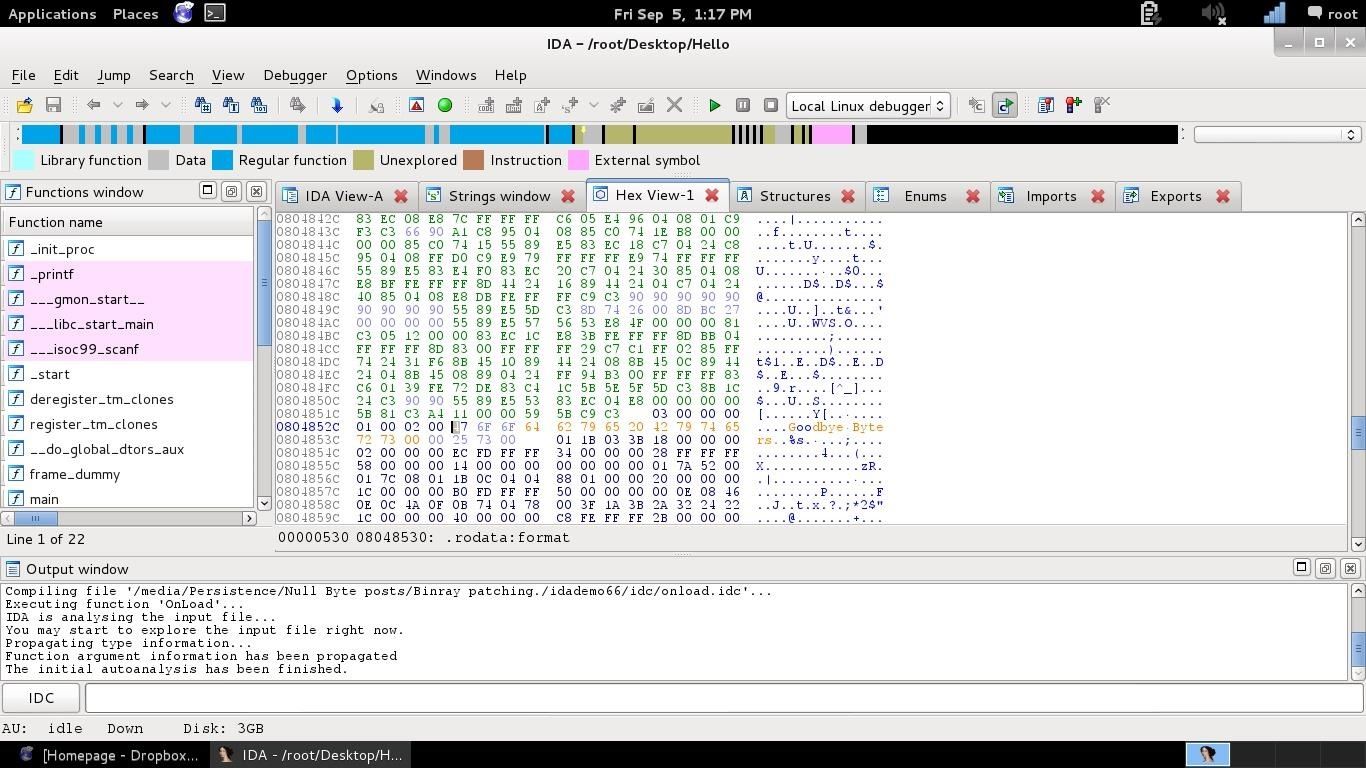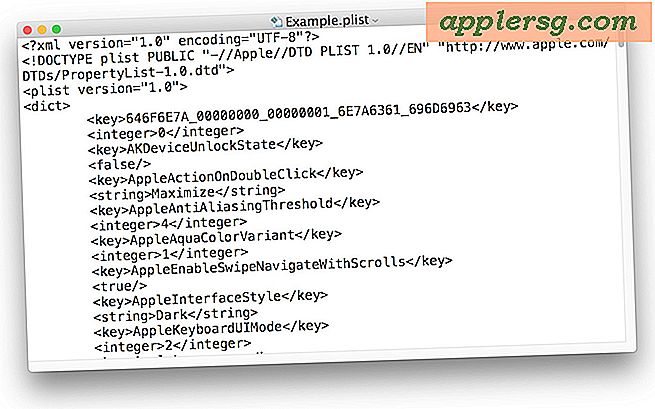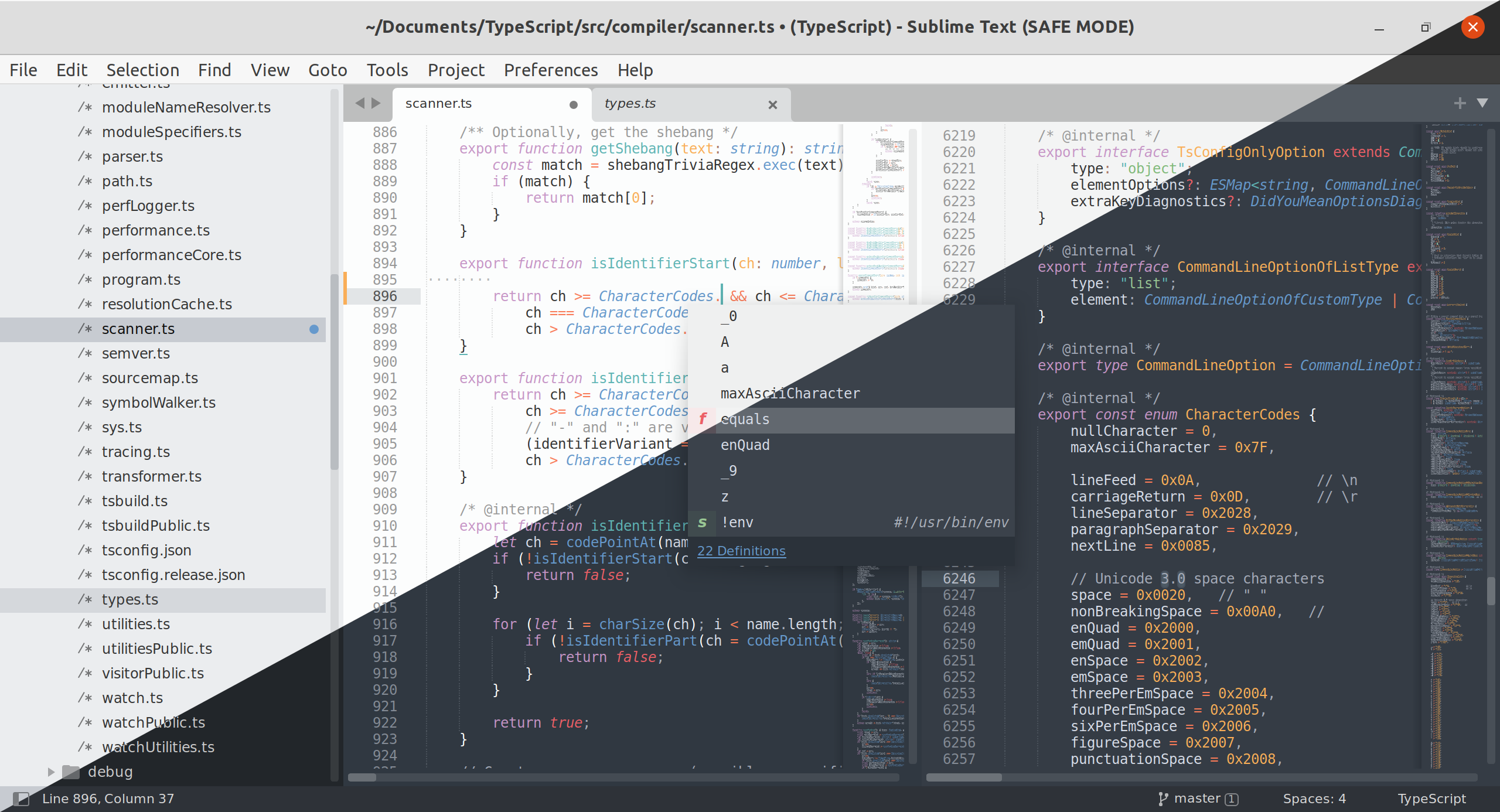

- #Osx binary editor how to#
- #Osx binary editor update#
- #Osx binary editor software#
- #Osx binary editor code#
#Osx binary editor code#
Simple code injection using DYLD_INSERT_LIBRARIES Thomas Finch - Hooking C Functions at Runtime
#Osx binary editor how to#
There are two nice examples in the following blog posts about how to hook the application itself: We can also see all these events in the log (as our dylib puts there a message): $ DYLD_INSERT_LIBRARIES =inject.dylib /Applications/Bear.app/Contents/MacOS/Bear Let’s try it! I took my previous dylib code I used when playing with dylib hijacking: In short, it will load any dylibs you specify in this variable before the program loads, essentially injecting a dylib into the application. Shared library unless DYLD_FORCE_FLAT_NAMESPACE is also used. Note that this has no effect on images built a two-level namespace images using a dynamic This lets you test new modules of existing dynamic shared libraries that are used inįlat-namespace images by loading a temporary dynamic shared library with just the new modules.

This is a colon separated list of dynamic libraries to load before the ones specified in the Here is the description of the variable from the dyld man document: DYLD_INSERT_LIBRARIES So I decided to dig into the question and learn a bit more about this.Īs it turns out there is a very well known injection technique for macOS utilizing DYLD_INSERT_LIBRARIES environment variable. “Do you typically callout user apps that allow dyld_insert_libraries?”Īnd a few similar ones, and I will be honest, I had no idea what is he talking about, if only I understood the question :D Despite the fact that my recent blog posts and talks are about macOS, I deal much more with Windows on a daily basis, probably like 95%, and macOS is still a whole new territory for me.
#Osx binary editor update#
In comparison, the SourceForge repository at was last update of wxHe圎ditor was December 31st, 2017.After my recent blog post, my old mate reached out to me and he asked me a question: At the time of this writing, August 2021, the GitHub repository seems to be more recent.
#Osx binary editor software#
This means the software code of this extension is owned and supported by a friendly not-for-profit community.

Which is helpful for doing reverse Engineering. But with details if you're interested in those. To get it for free, choose one of the following options:īelow is the same suggestion as above. WxHe圎ditor is both free and able to Diff large files up to 2^64 bytes (2 ExaByte). Now fortunately you don't have to check error codes each and every time because you can just use the -s (or -report-identical-files) switch to make diff be more verbose: $ diff -s test1.bin copyoftest1.binįiles test1.bin and copyoftest1.bin are identical There is no output on identical files.īut there are different error codes: $ diff test1.bin test2.bin and test1.bin and copyoftest1.bin should be identical: $ diff test1.bin copyoftest1.bin Now test1.bin and test2.bin should be different: $ diff test1.bin test2.binīinary files test1.bin and test2.bin differ Now let's make a copy of the first file: $ cp test1.bin copyoftest1.bin If you have Xcode 4. If you want to go back to binary format after editing: plutil -convert binary1 ist.

$ dd if=/dev/random bs=1k count=1 of=test2.binġ024 bytes (1,0 kB, 1,0 KiB) copied, 0,0102889 s, 99,5 kB/s If the plist file is in the binary format, you can convert it to XML first by running: plutil -convert xml1 ist. Let's start by creating two files with random binary contents: $ dd if=/dev/random bs=1k count=1 of=test1.binġ024 bytes (1,0 kB, 1,0 KiB) copied, 0,0100332 s, 102 kB/s Short answer: run diff with the -s switch.


 0 kommentar(er)
0 kommentar(er)
